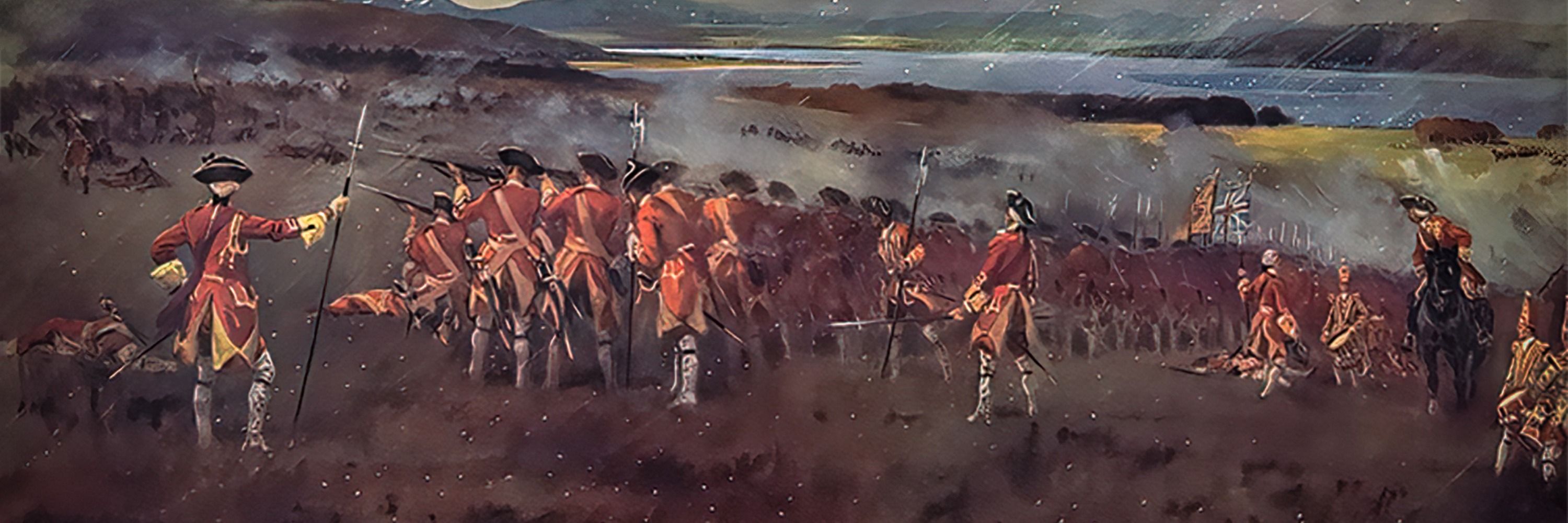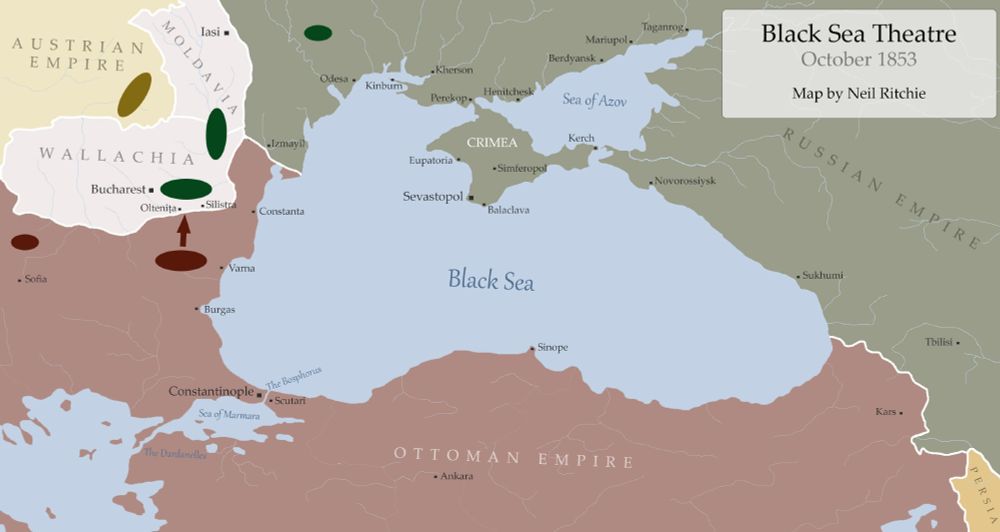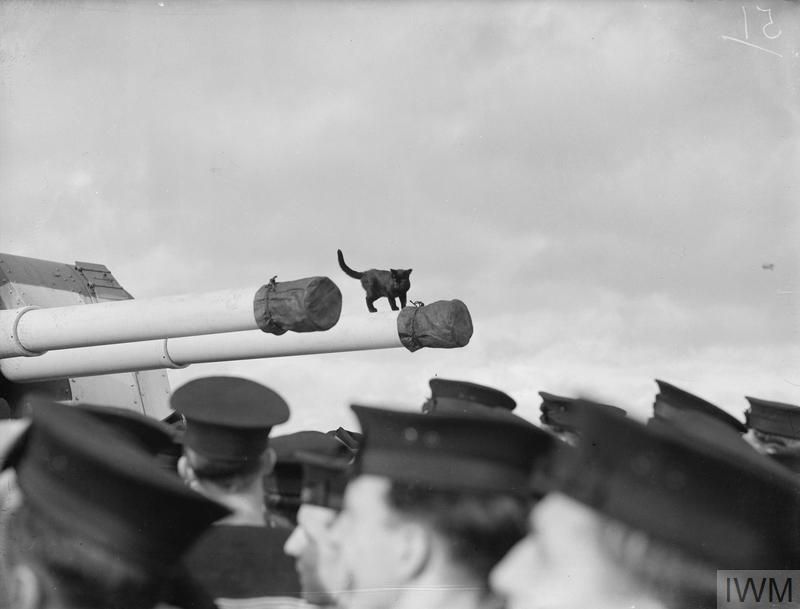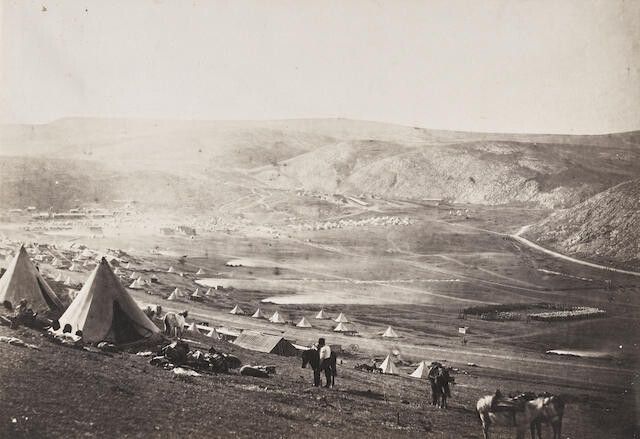Neil Ritchie
@neilritchie.bsky.social
240 followers
120 following
240 posts
Editor: @DefenceToday.com, @MilitaryJournal.net and @JacobiteWars.com • Military & Defence Matters • Military History • Scottish History • Nikon D850 user
Posts
Media
Videos
Starter Packs
Reposted by Neil Ritchie
Reposted by Neil Ritchie
Reposted by Neil Ritchie
Reposted by Neil Ritchie
Reposted by Neil Ritchie
Reposted by Neil Ritchie
Reposted by Neil Ritchie
Reposted by Neil Ritchie
Reposted by Neil Ritchie
Neil Ritchie
@neilritchie.bsky.social
· Sep 13

























